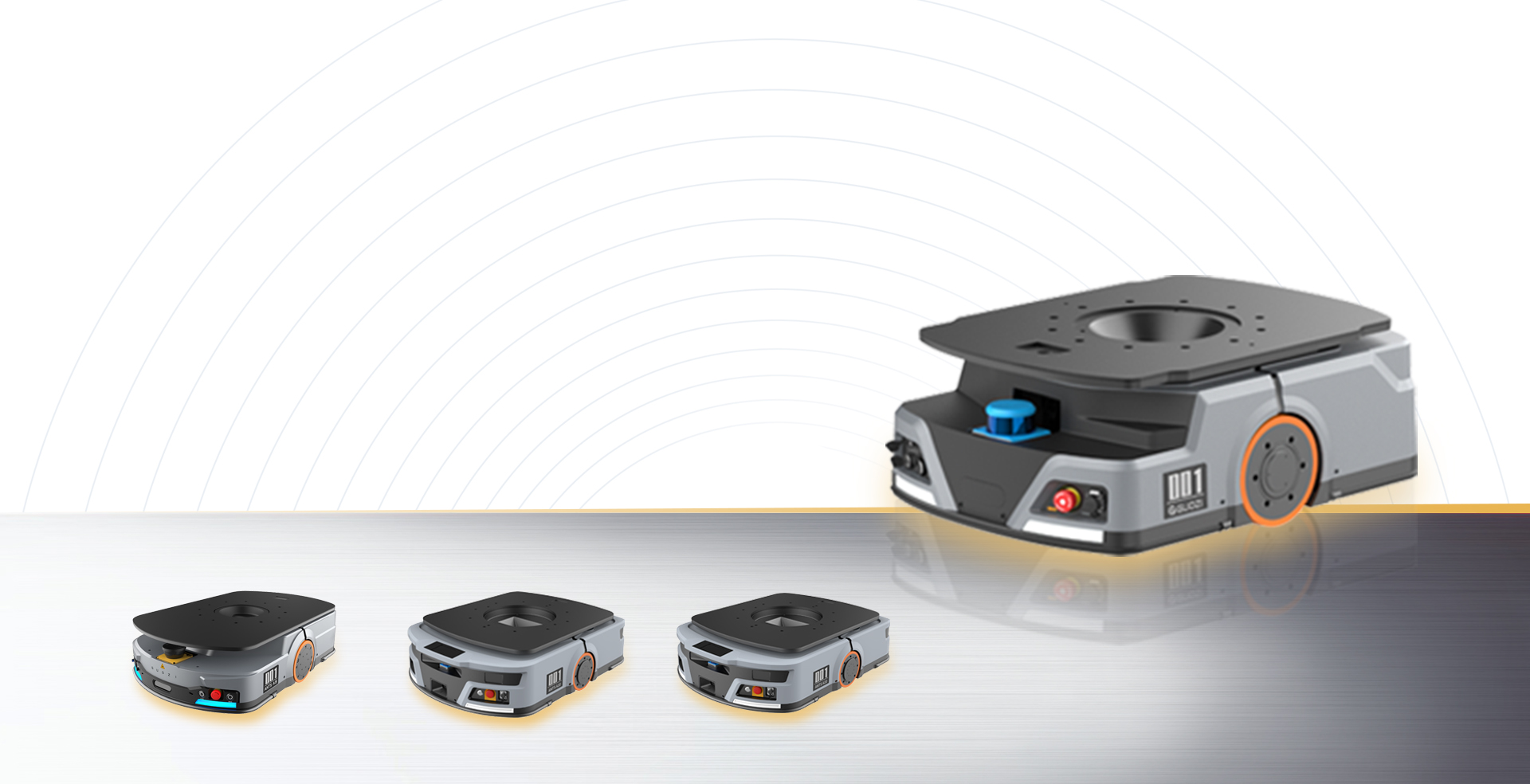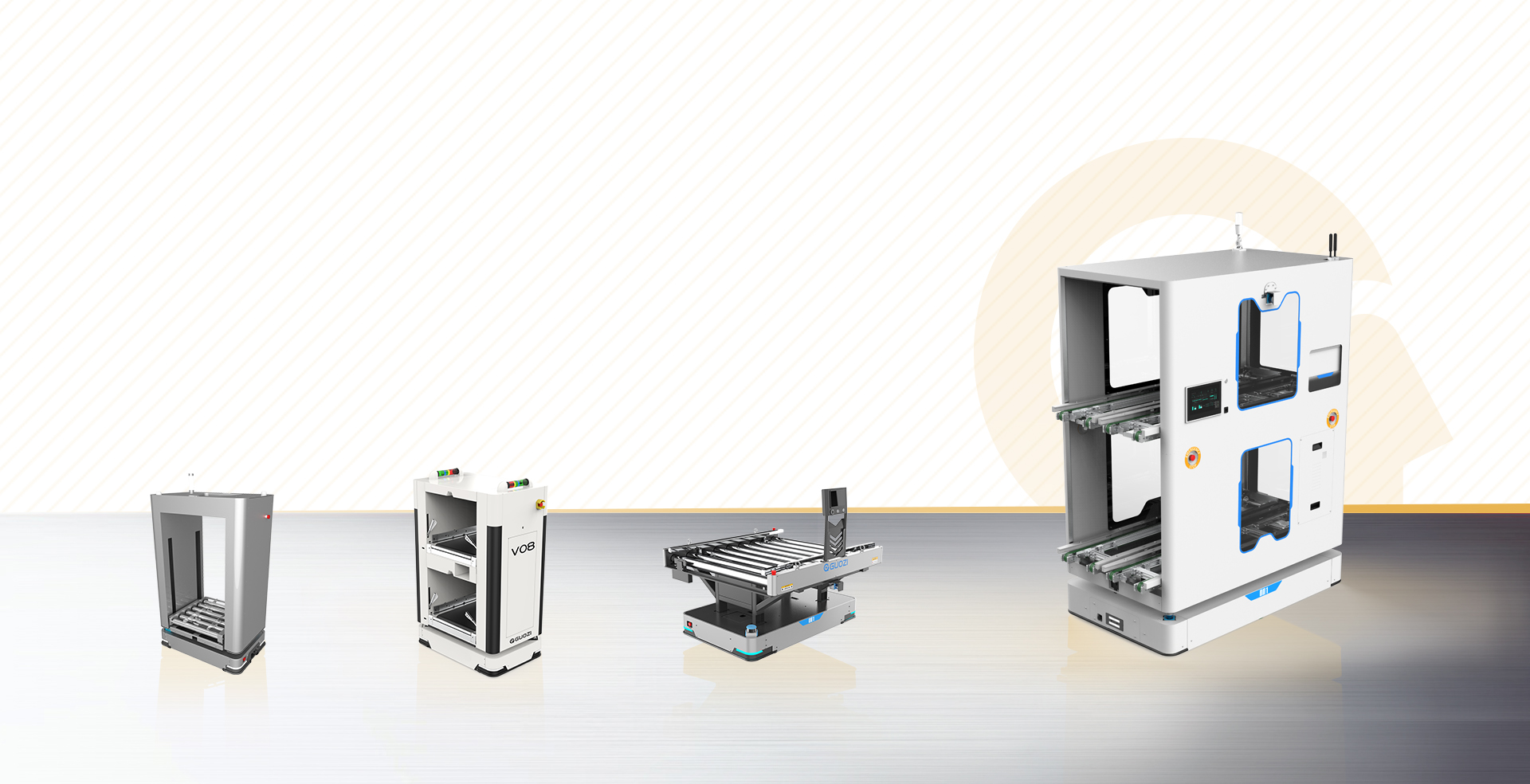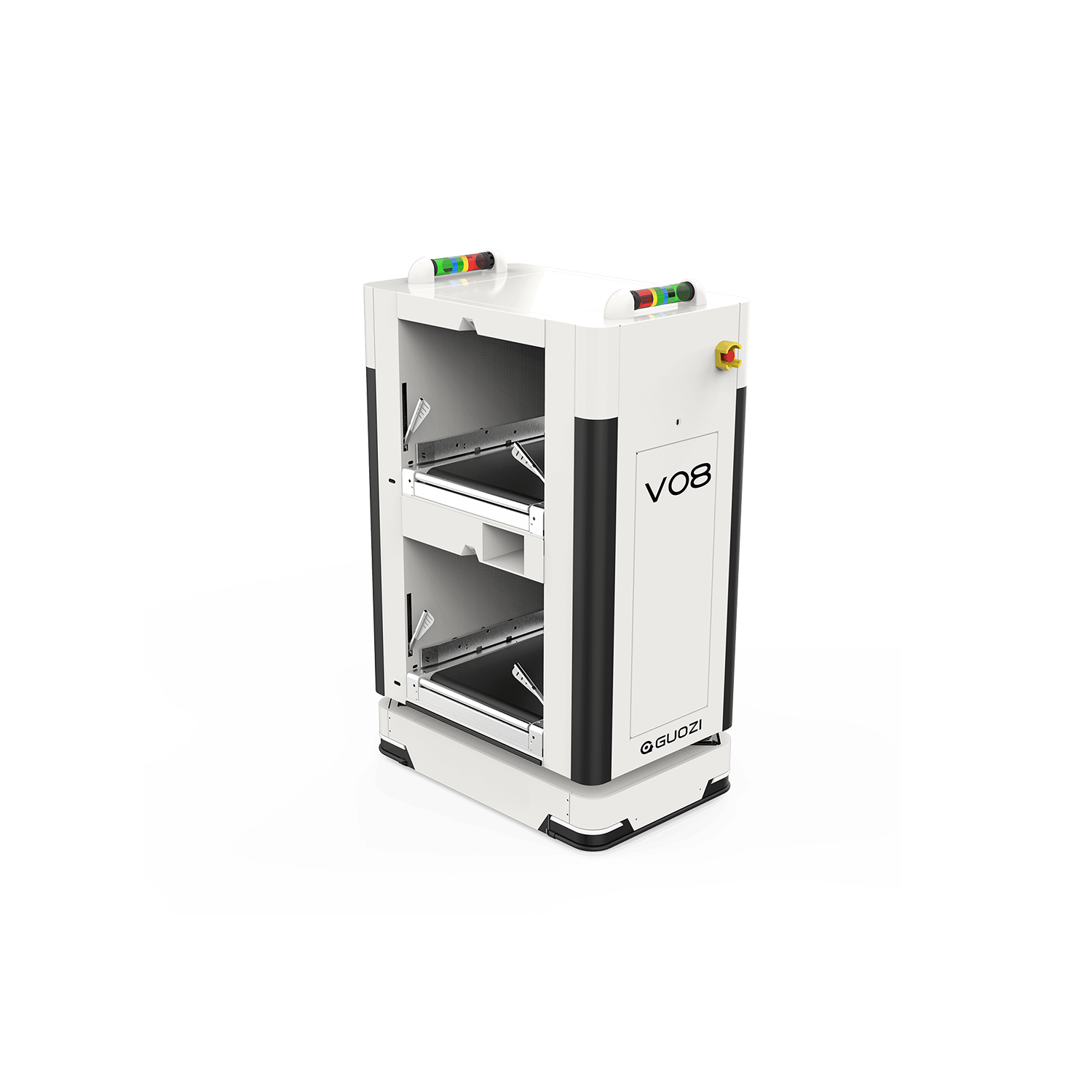With the rapid development of science and technology, the robotics industry has received widespread attention and rapid development in China. Among various types of robots, ant robot has gradually become a research hotspot by virtue of its unique structure, excellent performance and wide application prospects. In this paper, we will have an in-depth discussion on the design concept, key technologies, application areas and future development of ant-type robots, so as to provide useful references for the practitioners.
Antic Robot Design Concepts
1. Biological Prototype
The Ant Robot design is inspired by the biological characteristics of ants. Ants have strong weight-bearing capacity, good environmental adaptability, and efficient task synergy. Through in-depth research on the biological behavior of ants, researchers have applied the excellent characteristics of ants to robot design to improve the performance of robots.
2. Design principles
(1) Modularity: the ant robot adopts a modularized design, which is easy to assemble, maintain and upgrade.
(2) Lightweight: reduce the weight of the robot itself to improve its movement speed and range.
(3) Biomimicry: mimicking the biological structure of ants to give the robot better environmental adaptability and stability.
(4) Synergism: emphasizes collaborative work among multiple robots to improve the efficiency of task completion.
Ant robot key technology
1. Mechanism design
The mechanism design of the ant robot mainly consists of the leg mechanism, the body mechanism and the sensing system. The leg mechanism adopts bionic design to realize efficient walking and crawling; the body mechanism adopts lightweight materials to improve the robot's loading capacity; and the sensing system is responsible for collecting environmental information to support the robot's navigation and task execution.
2. Control strategy
The control strategy of ant robot mainly includes individual control and group control. Individual control focuses on the motion control and task execution of the robot itself, while group control emphasizes the cooperative operation among multiple robots. By optimizing the control strategy, the operational efficiency of ant robots in complex environments is improved.
3. Communication technology
Ant robots use wireless communication technology to realize information transfer between individuals. Researchers need to solve problems such as communication delays and signal interference to ensure the stability of cooperative robot group operations.
Ant robots application areas
1. Military reconnaissance: ant robots can carry cameras, sensors and other equipment to carry out battlefield reconnaissance, target localization and other tasks.
2. Disaster Rescue: In earthquake, fire and other disaster sites, Ant Robot can go deep into the dangerous area for life detection and rescue.
3. Environmental monitoring: Ant robots can be used for environmental monitoring such as atmosphere, water quality, soil, etc., providing data support for environmental protection departments.
4. Logistics handling: Ant robots can be used for cargo handling in warehouses, factories and other scenarios to improve logistics efficiency.
Future Development Outlook
1. Technological innovation: with the development of material science, control theory, communication technology and other fields, the performance of ant robots will be further improved.
2. Application Expansion: Ant robots have a wide range of application prospects in the fields of healthcare, education, and family, and are expected to be commercialized and promoted.
3. Industry Integration: Ant robotics industry will be combined with other fields to form an industrial chain and promote the high-quality development of China's robotics industry.
All in all, ant-robot design has high research value and broad application prospects. China's researchers should seize the opportunity and continue to innovate to promote ant robot technology to the world's advanced level.








